Emilie Varlet and Gabrielle Reeves began exploring Istanbul’s hans in the summer of 2014, when they first started their sketching adventures in the city. They have since become fascinated with these buildings and how they reflect the city’s vast history. In this series of articles, they will share their discovery of these ancient places through drawing and how this exploration has really deepened their love for the city.
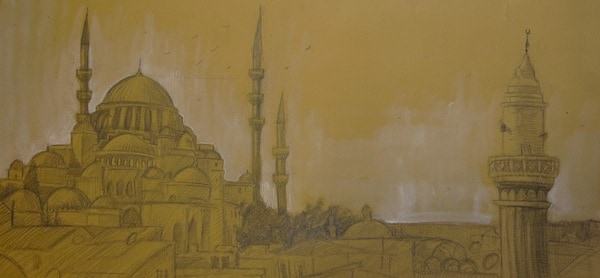
Büyük Valide Han
We sit on borrowed cushions, perched amongst the onion bulb protrusions of the han’s roof, above the hubbub of the anthill streets below, soaking in the luxurious calm. We take in the panorama of this ancient city spread out before us — a model that we never tire of, whose beauty is arresting and timeless. Behind us, an artisan releases pigeons and calls to them. They flip in the air in response, the long feathers on their legs making it look like they are wearing legwarmers.
The journey here is like a treasure hunt, as we wind up behind Eminönü’s backstreets, feeling our way with memory’s fingertips. We take a slightly different road each time, until we eventually wash up at one of its entrances. The Büyük Valide Han feels like a secret we’ve stumbled upon. We walk up to the second story, led by the distant clicking of hammers, and go past artisans’ studios to find the gatekeeper, a jolly man named Mehdi Bey. His crowded keyring also holds the one that opens to door to the rooftop. No password is required, however, just perhaps a few coins.
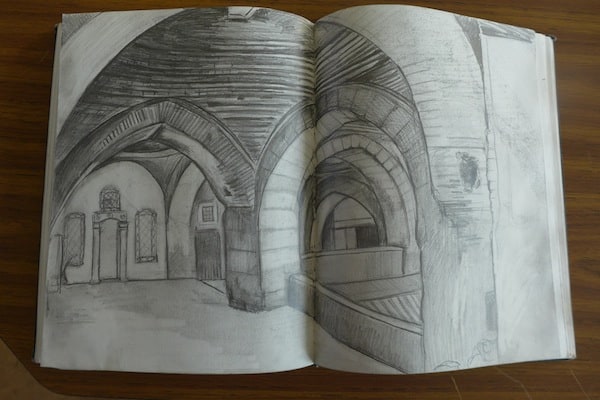
We sit, tools in hand, and sketch what we can see: The majestic domes that reign over the skyline, the Bosphorus bridge, and the clusters of buildings growing organically from every direction — a cacophony of angles and an ode to the beauty that can be found in chaos.
It is humbling to sit atop so much history. The building — one of the biggest hans in Istanbul — is as layered as the city it lives in. Originally a Byzantine structure, and later a palace, it was built anew in 1651 as a han and money-maker by Kösem Sultan, a harem girl turned powerful Sultan’s wife, and one of the only women to single-handedly rule the Ottoman Empire. Once a caravanserai and a storehouse for goods coming from the Golden Horn, the han is also said to have housed Kösem’s ample fortune, which disappeared when Kösem was strangled, in some versions of the story, by her long, flowing hair. A less grisly part of the han’s history is that it housed some of the city’s first illegal printing presses, and that the first quran was printed here.
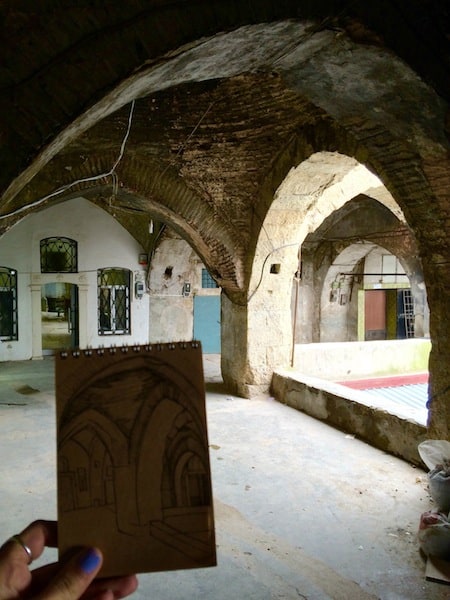
Today, the Büyük Valide Han is very much alive. It isn’t just a crumbling building or a polished monument, but a functional space. It houses various artisans: lamp makers, tailors, and jewelers. On one of our first visits, we were eagerly ushered into a fabric dyer’s workshop, where bra straps bubbled like oversized spaghetti in blackened pots of blue and pink water, and where we were shown the process of dying silver colored buttons to gold with ordinary kitchen tools — illusory alchemy. The joy of sketching at the han has also been in meeting these various characters and getting a peek into the city’s rich world of atölye and their craftsmen.
After some time spent drawing, afternoon turns to evening, the call to prayer rings out, and the light starts to dim. We slowly pack our things, thinking about the journey and the people we’ve met, and take a look at the work we’ve made — our drawings, love letters to the city.
Emilie Varlet is a contributor to Yabangee and also blogs at figs and peaches.
[geo_mashup_map]






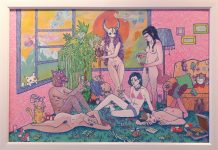
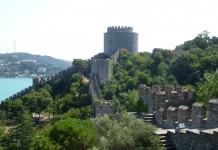

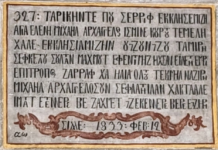


[…] blog is reposted from Yabangee.com where I and my friend Emilie Varlet are regular contributors. Emilie and I, as close friends […]